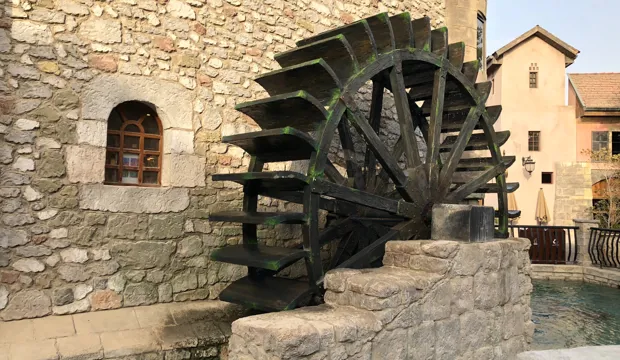
Using time to record
Measure the time taken to complete a task and plot results in a graph
In this engaging STEM activity for kids, students will discover how to measure and record the time taken for an activity. Learners will then use this knowledge to record the time taken to perform a set exercise, then plot and interpret a graph of the results.
This exercise combines maths, PE, engineering and history and is aimed at primary school children. It could be used as a main lesson activity, to introduce the concept of measurement and measuring using equipment and tools, or to further develop and investigate recording results and plotting graphs.
Activity instructions
This is one of a set of free resources designed to allow learners to use practical methods to support the delivery of key topics within maths and PE. This resource involves measuring distance and recording the time taken to run different distances.
The teacher will first introduce the activity, using measurement and timing to look at speed of running.
The teacher will then demonstrate how to measure a racecourse using tape or an odometer and how to use a stopwatch, including when to start it and when to stop it.
Learners can work in pairs to measure their racecourse. They will be expected to time five races each, over increasing distances. Students should record the times taken on the provided worksheets.
The students can then plot their results on a line graph to show the comparison between the times and distance ran.
Once each step is complete you can discuss the selected outcomes as a class. Some topics of discussion could include whether the plots are a straight line and whether learners are getting faster or slower for each extra 20m and why this is.
Things you will need
- Odometer or tape measure.
- Stopwatch or similar timer.
- Printed worksheet.
The Ancient Greeks connection
This activity is inspired by the achievements of ancient Greece. The ancient Greeks influenced the modern world in many ways and made important contributions to the fields of science, technology, engineering, and mathematics. They also placed unique value on physical education.
Did you know that the Greeks invented the Olympics? In the summer of 776 B.C. the very first Olympic games was held at Olympia, an area in Southern Greece. Every four years, athletes would compete with one another in honour of Zeus, the supreme God of ancient Greek mythology. These games were extremely popular, with spectators from all over Greece attending to watch running, jumping and throwing events, as well as wrestling and chariot racing.
The engineering context
Measurement is the process of associating numbers with physical quantities. Measurement is fundamental to the sciences; to engineering and construction; and to almost all everyday activities. For example, pilots need to know how far an aeroplane must fly, so they can work out how much fuel needs to be in the plane.
Download the free activity sheet below!
All activity sheets and supporting resources are free to download, and all the documents are fully editable, so you can tailor them to your students’ and your schools’ needs.
The activity sheet includes teacher notes, guidance, useful web links, and links (where appropriate) to the national curriculum in each of the four devolved UK nations; England, Northern Ireland, Scotland and Wales.
Please share your classroom learning highlights with us @IETeducation




